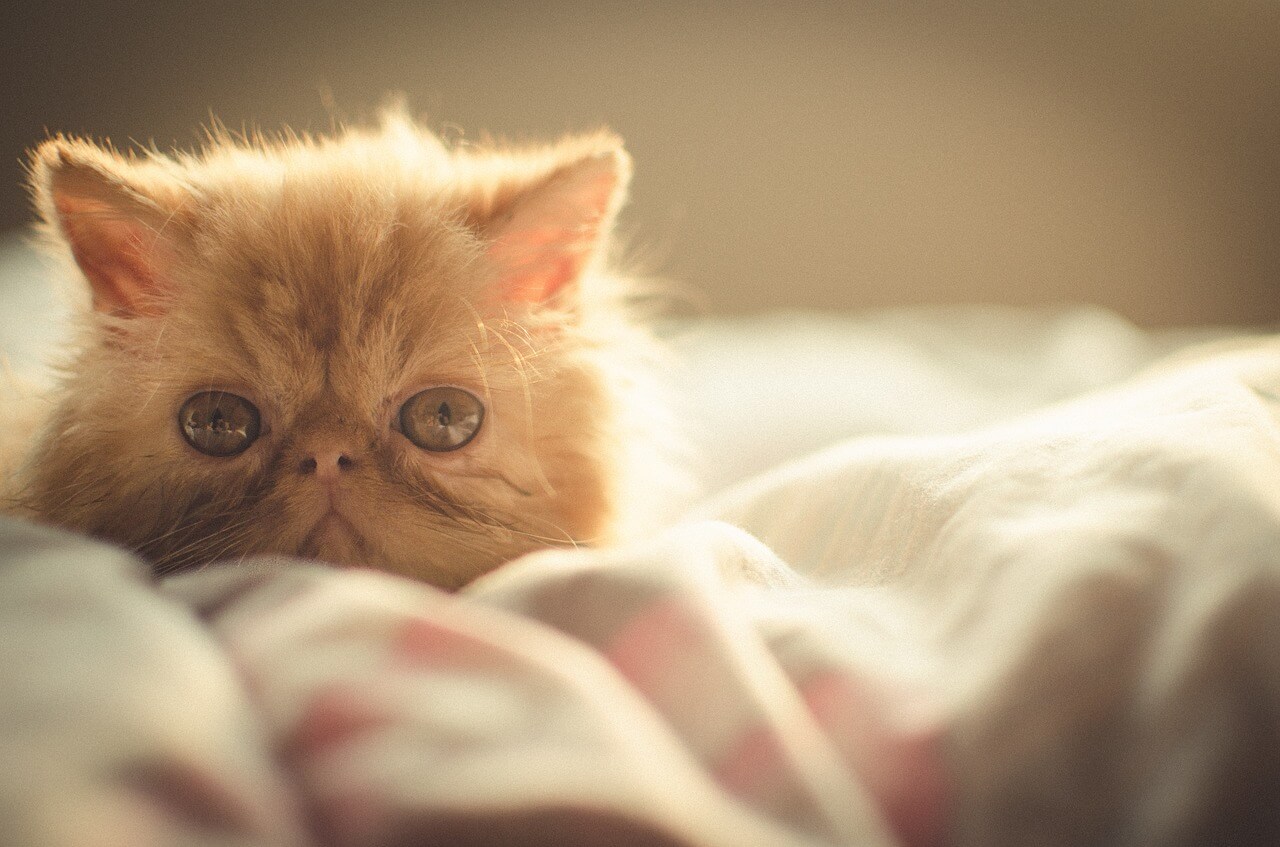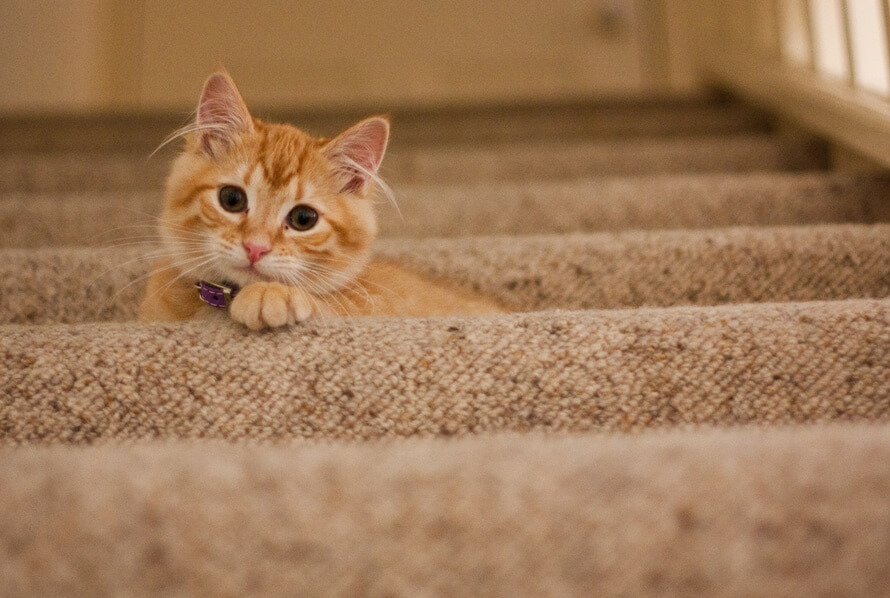Cats are typically fastidious groomers and therefore ingest a significant amount of hair. Hair is undigestible and usually sits in the stomach until enough hair is accumulated to produce a signal that induces vomiting. Even though people often say their cat is “coughing up a hairball,” this is not the correct terminology. The hair is coming from the gastrointestinal (GI) tract, not the respiratory tract (lungs).
Every cat is different in how much hair they ingest while grooming. Cats usually shed more during the summer months, mostly due to the longer length of daylight, not necessarily the temperature. Cats will also groom more if fleas or other external parasites are present. An average cat will vomit up a hairball once or twice a month. The vomit may also contain food or bile (a yellowish fluid).

Hairball diet formulas are designed to help cats pass the hairball in the feces and therefore limit the amount of vomiting. There are also numerous over-the-counter and prescription hairball remedies, such as Laxatone or CatLax. These lubricate the intestines to help facilitate hairball passage into the colon, much like flavored petroleum jelly.
Hairballs are not a health concern unless the vomiting becomes more frequent or the cat will not eat and acts sick. Occasionally, a large hairball (trichobezoar) will get stuck in the stomach or small intestine and cause an obstruction. If this happens, the hairball will need to be removed surgically. Symptoms will include lethargy, vomiting, anorexia, abdominal pain and dehydration.

If your cat is vomiting hairballs more than twice a month, ask your veterinarian if a remedy would be recommended. If your cat is acting lethargic or vomiting frequently, he/she should be examined by your veterinarian.
